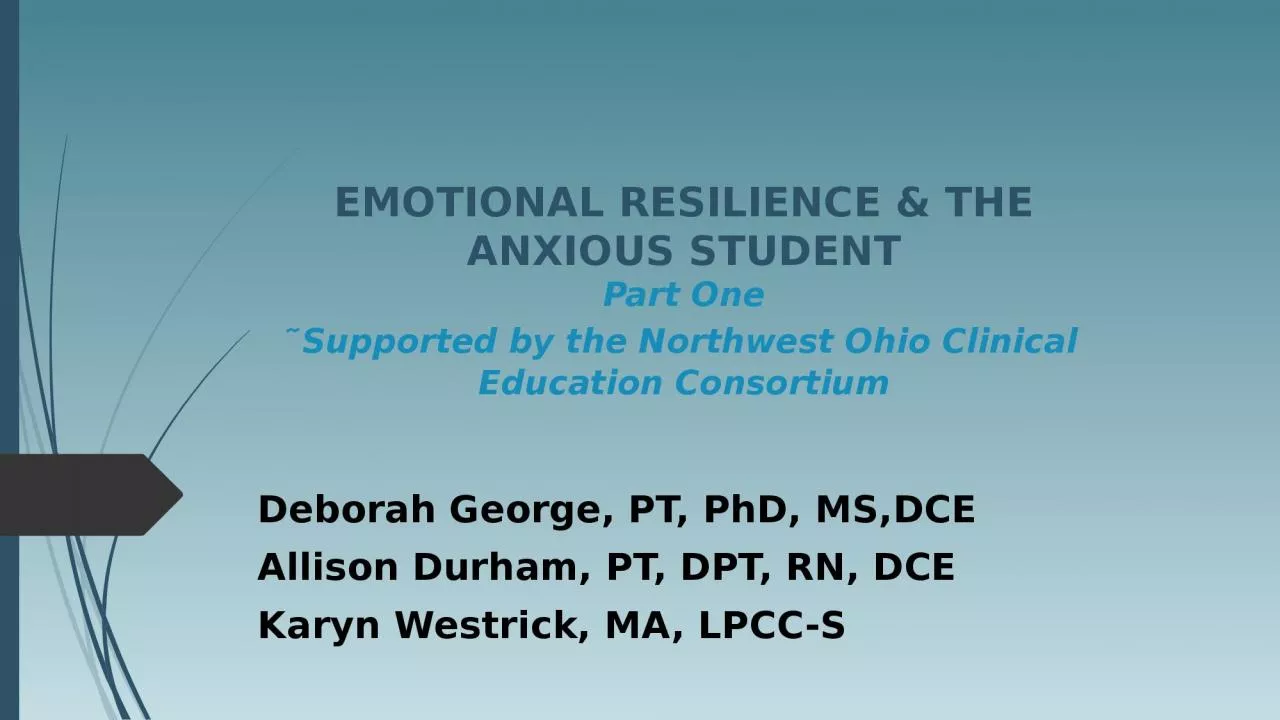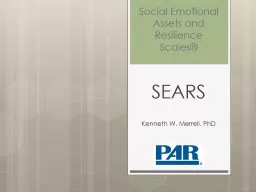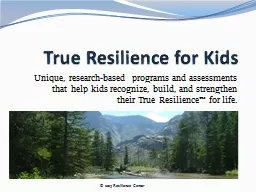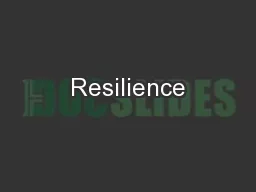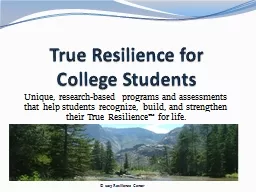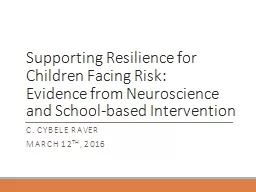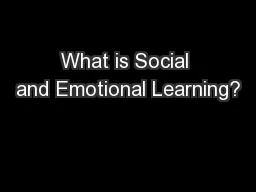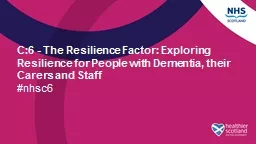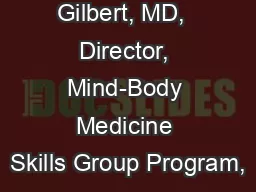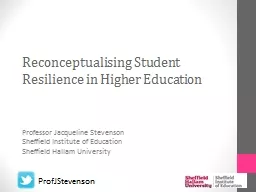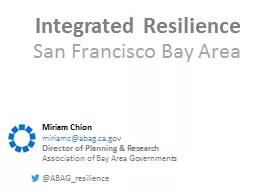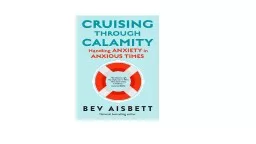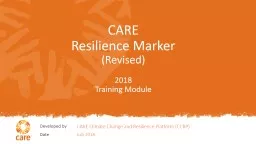PPT-EMOTIONAL RESILIENCE & THE ANXIOUS STUDENT
Author : murphy | Published Date : 2024-02-09
Part One Supported by the Northwest Ohio Clinical Education Consortium Deborah George PT PhD MSDCE Allison Durham PT DPT RN DCE Karyn Westrick MA LPCCS Objective
Presentation Embed Code
Download Presentation
Download Presentation The PPT/PDF document "EMOTIONAL RESILIENCE & THE ANXIOUS S..." is the property of its rightful owner. Permission is granted to download and print the materials on this website for personal, non-commercial use only, and to display it on your personal computer provided you do not modify the materials and that you retain all copyright notices contained in the materials. By downloading content from our website, you accept the terms of this agreement.
EMOTIONAL RESILIENCE & THE ANXIOUS STUDENT: Transcript
Download Rules Of Document
"EMOTIONAL RESILIENCE & THE ANXIOUS STUDENT"The content belongs to its owner. You may download and print it for personal use, without modification, and keep all copyright notices. By downloading, you agree to these terms.
Related Documents

